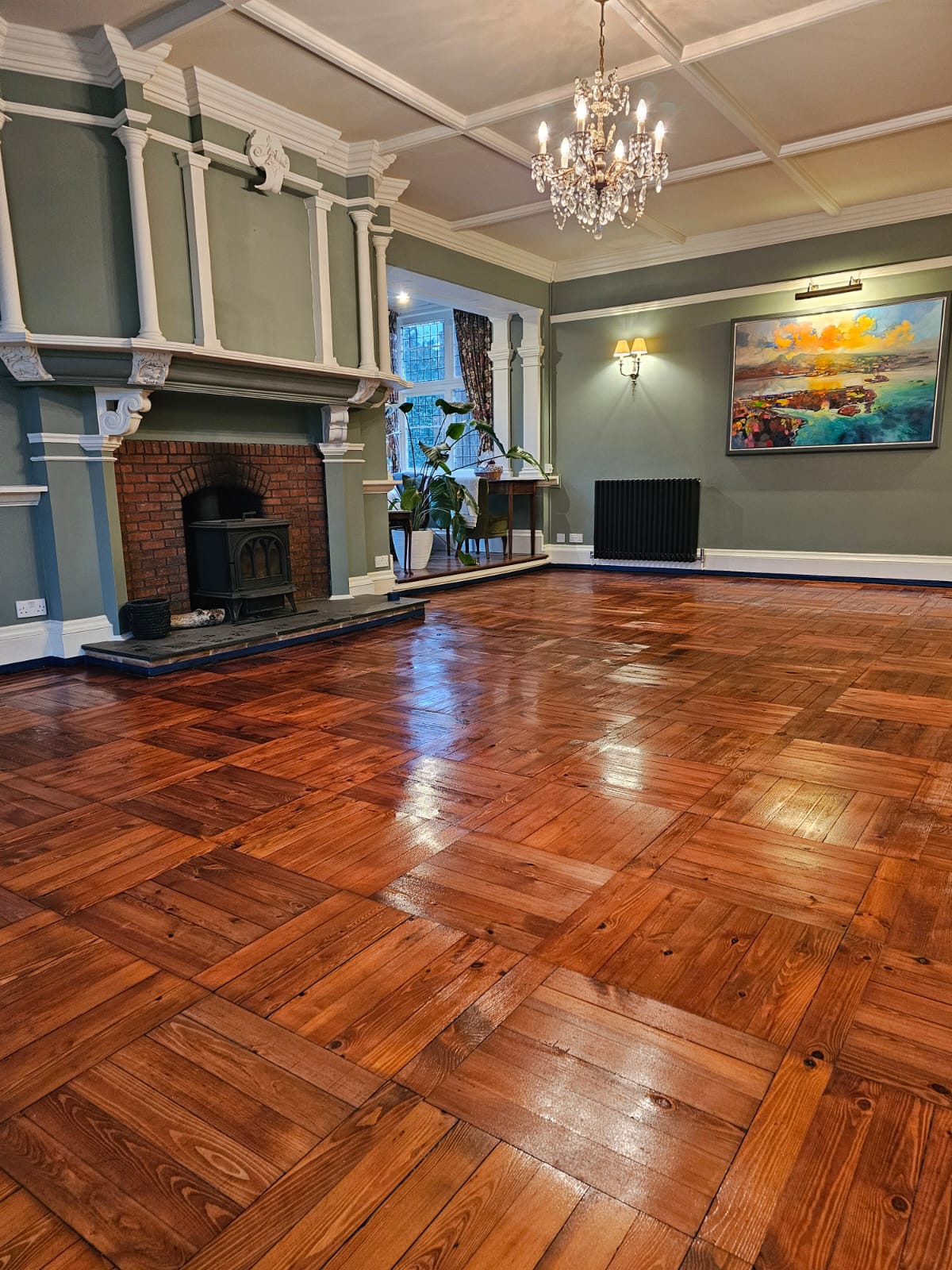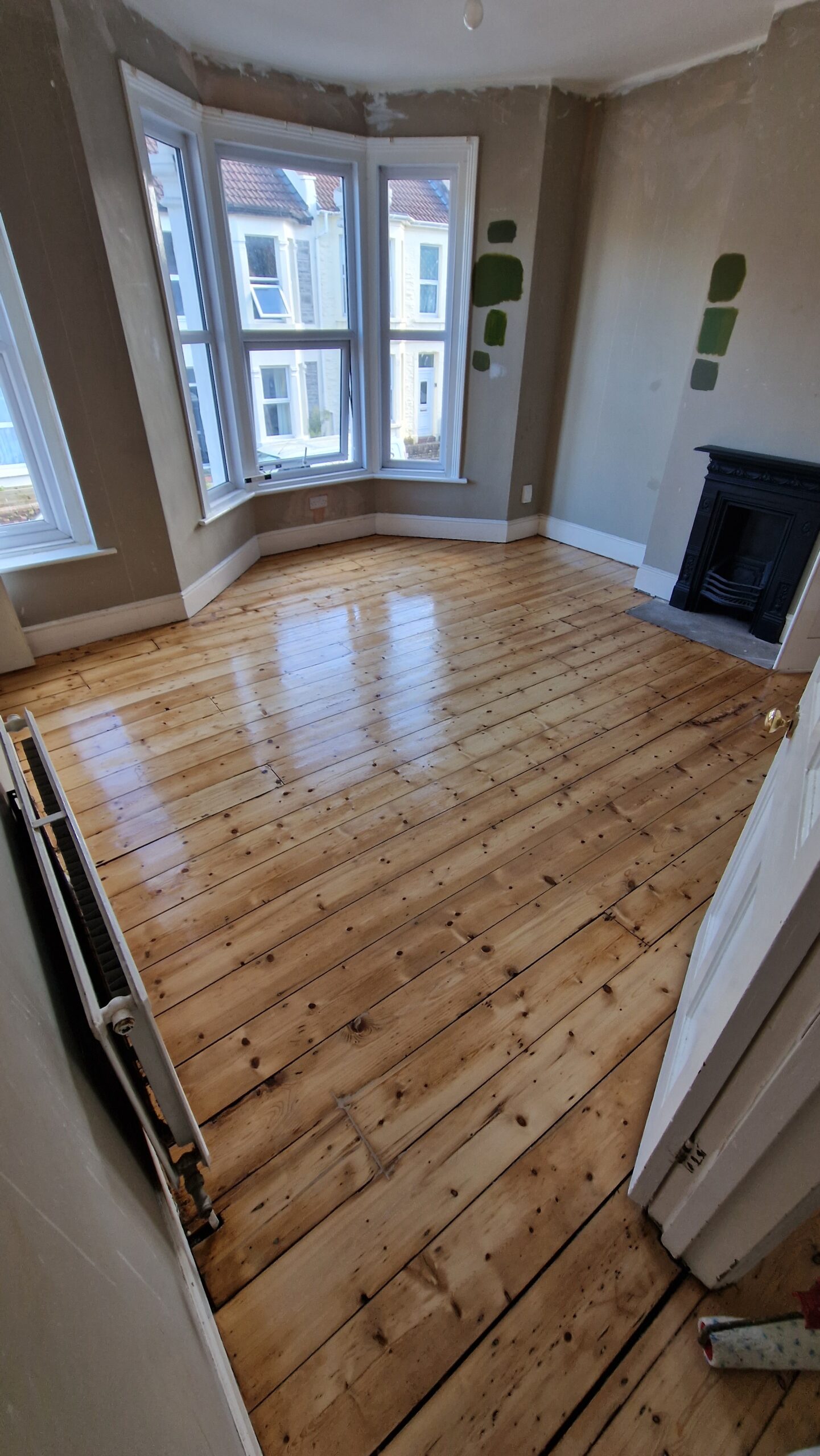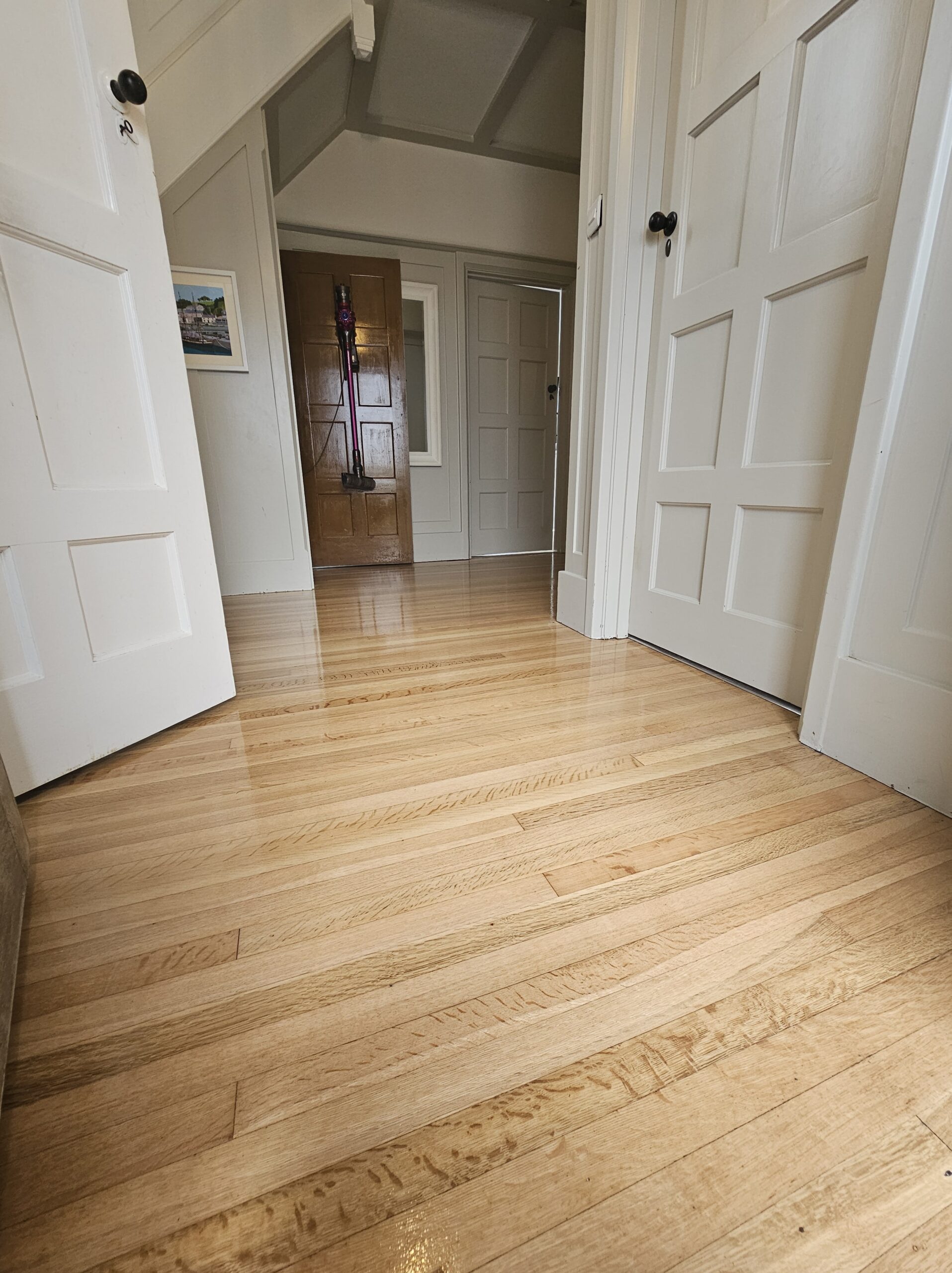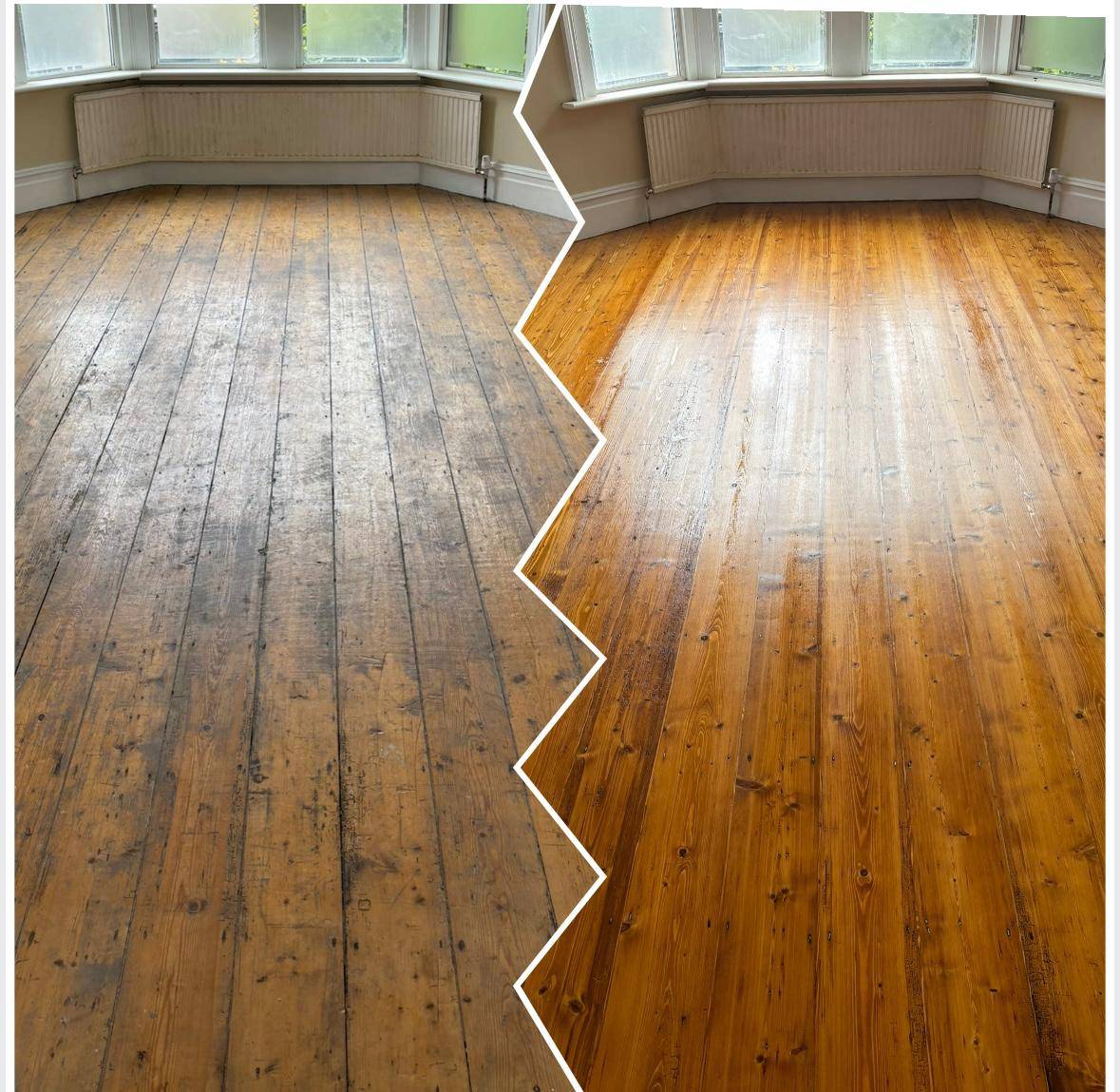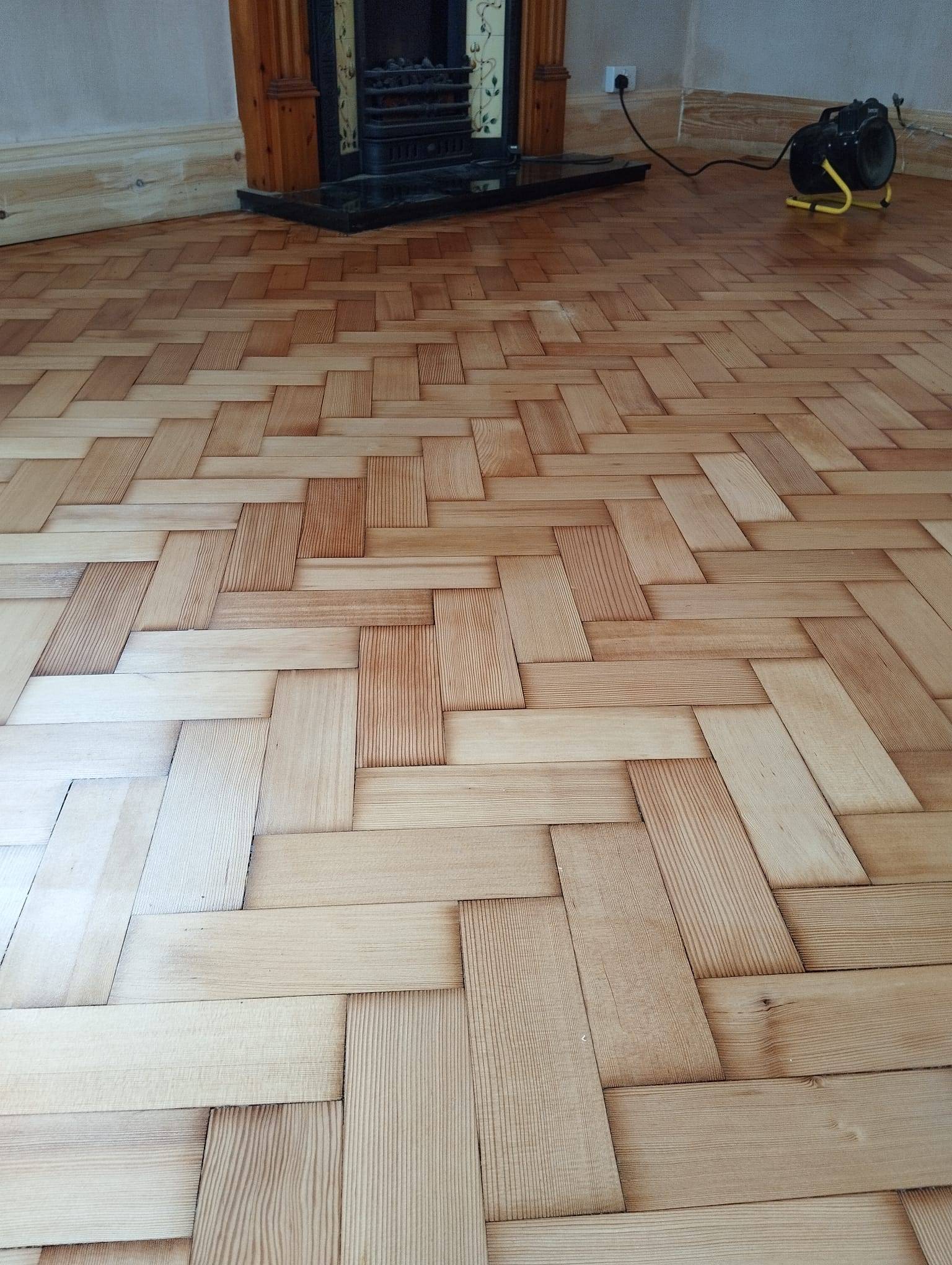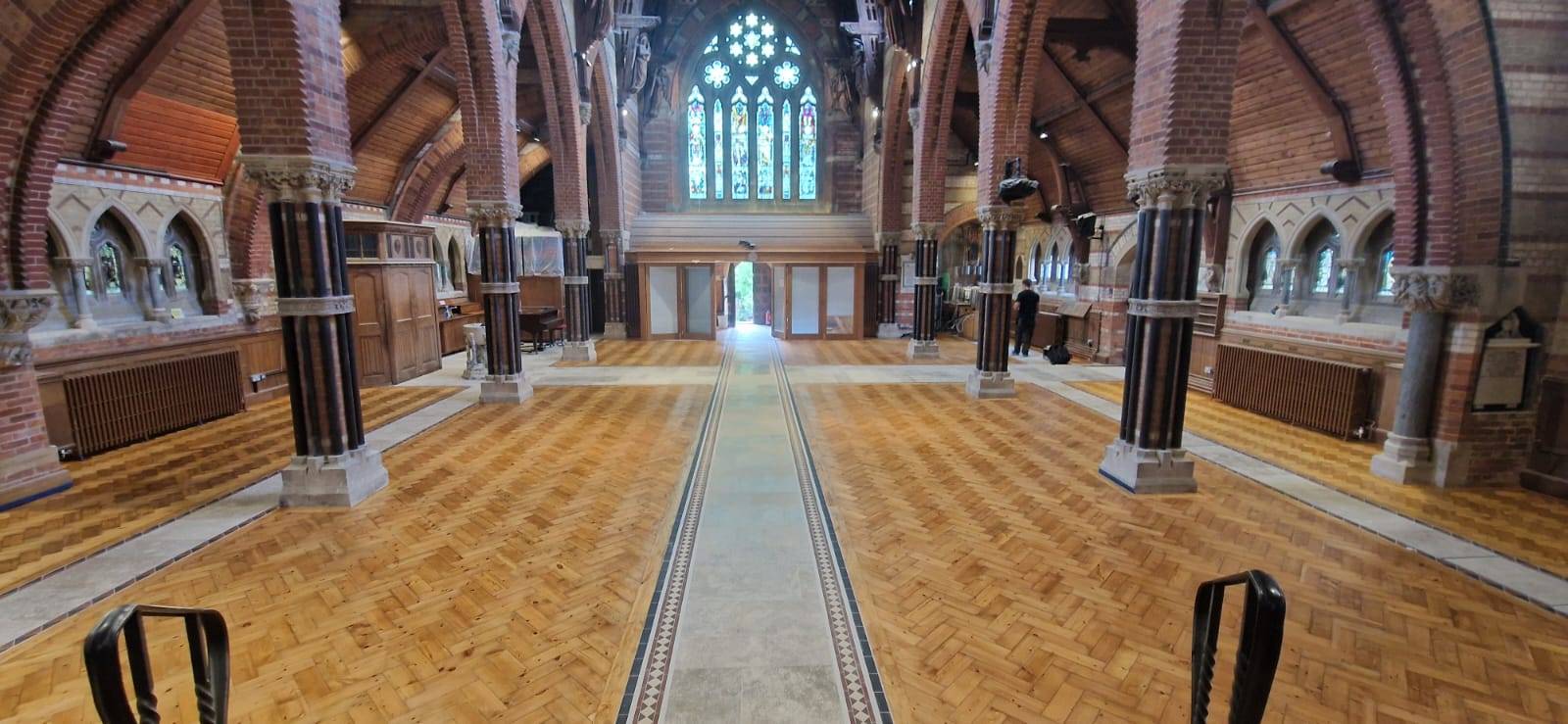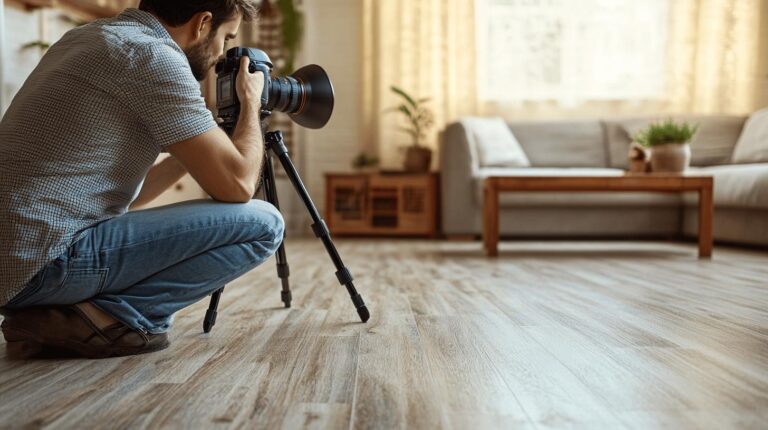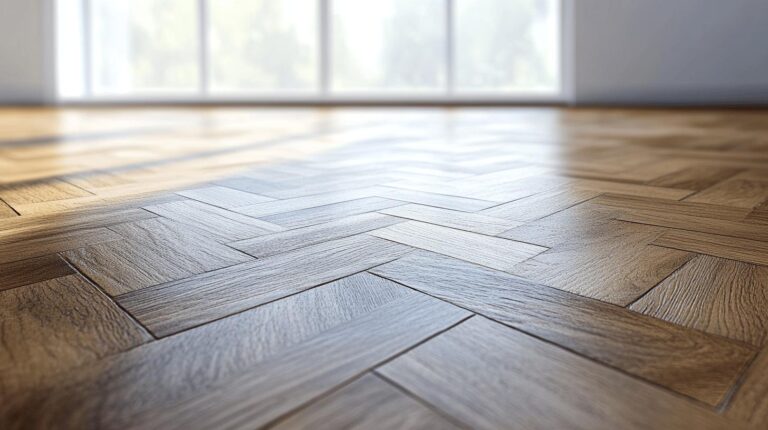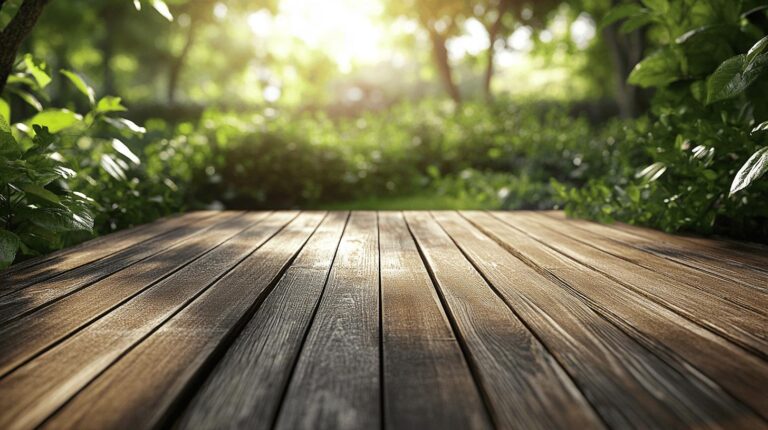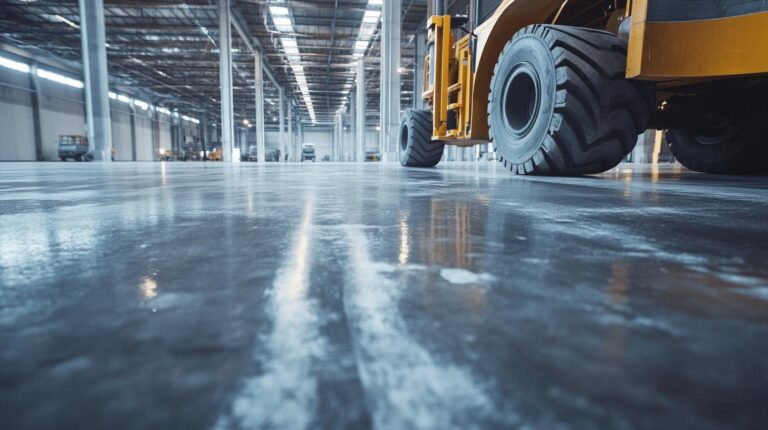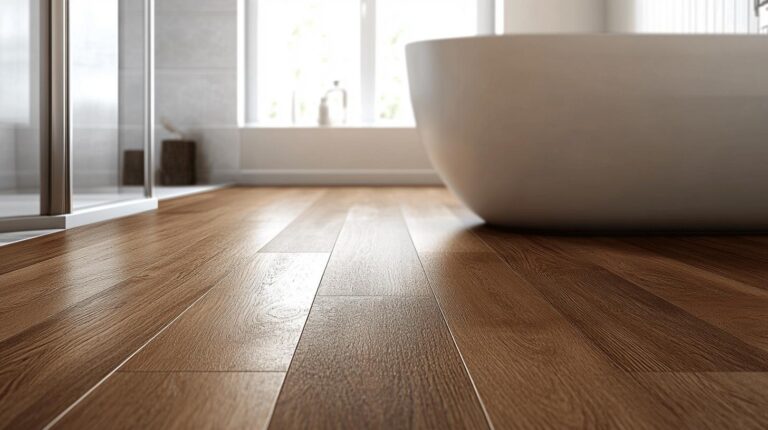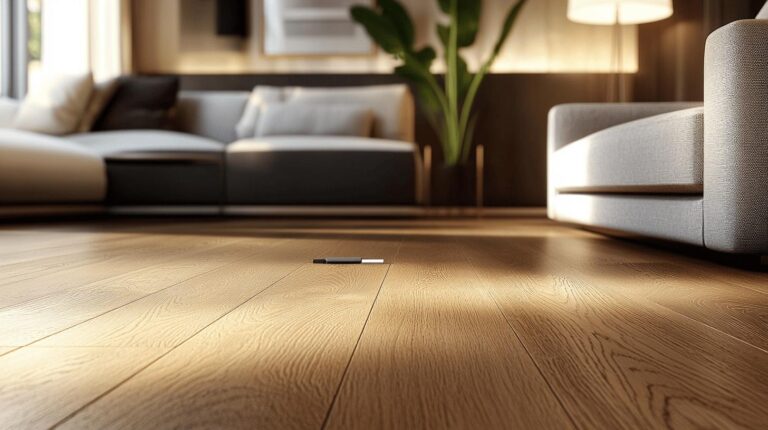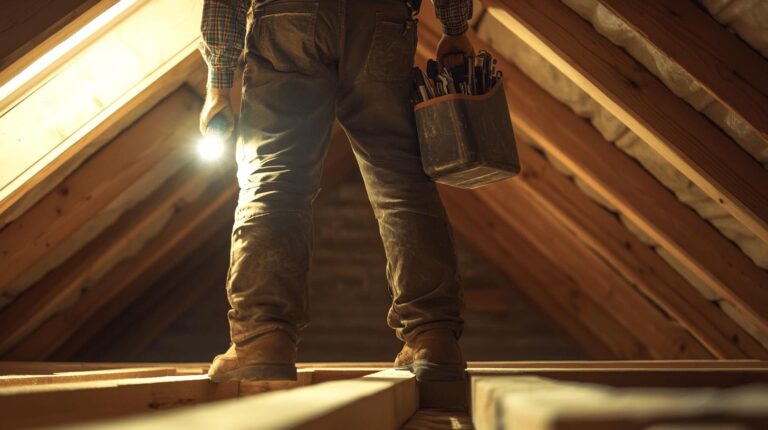Have you ever wondered why your beautifully polished wood floor is showing signs of wear despite careful maintenance? The secret often lies beneath—proper floor ventilation. Inadequate ventilation can be a silent culprit, leading to moisture accumulation that spells trouble for your wood flooring—understanding why floor ventilation matters is critical, with risks such as warping and mould looming. This article delves into the benefits of ensuring proper air circulation, safeguarding the structural integrity of your flooring investment, and ultimately enhancing your interior spaces’ longevity and air quality. Discover how simple ventilation solutions can protect your cherished wood flooring.
Understanding Why Floor Ventilation Matters
Floor ventilation is crucial for maintaining the integrity of wooden floors. Without it, moisture can accumulate beneath the floor, leading to a host of problems such as warping, mould growth, and even structural decay. Proper ventilation helps to ensure consistent airflow, which is vital for the longevity of wooden flooring. This airflow prevents moisture from settling and causing damage, thus maintaining the floor’s aesthetic and structural qualities and for homeowners, understanding why floor ventilation matters can mean the difference between preserving the floors’ condition and facing costly repairs.
- Prevents moisture accumulation
- Reduces risk of mould growth
- Maintains structural integrity
- Extends flooring lifespan
- Enhances indoor air quality
- Supports healthy indoor environments
Maintaining structural integrity through floor ventilation is not just about aesthetic appeal. It is about ensuring that flooring solutions are durable and sustainable over time. Adequate ventilation is an investment in the longevity and health of wood flooring, safeguarding against potential issues that can compromise both the floor’s appearance and its underlying structure.
Risks of Inadequate Floor Ventilation: Moisture Damage in Wood Flooring
Inadequate floor ventilation can lead to moisture accumulation, which poses a significant threat to wooden flooring. How does moisture accumulate without proper ventilation? When there is insufficient airflow beneath the floorboards, moisture from the environment can become trapped, creating a humid and damp environment. This trapped moisture can seep into the wood, raising humidity levels and potentially causing substantial damage. The lack of ventilation prevents the wood from drying out effectively, which is essential for maintaining the structural integrity and aesthetic appeal of the flooring.
Moisture-induced warping is one of the most common types of damage resulting from poor ventilation. How does warping occur in wood floors? When wood absorbs excessive moisture, it expands beyond its natural limits, causing the boards to bow or warp. This not only affects the visual appearance but also compromises the safety and usability of the flooring. Another concern is the growth of mould, which thrives in damp environments. Mould growth not only harms the floor but can also lead to health issues for inhabitants, such as respiratory problems. In extreme cases, prolonged exposure to moisture can cause wood rot, which deteriorates the wood’s structure, leading to costly repairs or replacement.
Recognising signs of poor ventilation and potential moisture damage is crucial for preventing long-term issues. What are the indicators of poor ventilation in wood floors? Homeowners should be alert to symptoms like musty odours, which suggest mould growth, or visible mould patches on the floor’s surface. Warped or uneven floorboards are also tell-tale signs of moisture issues. Regular inspections and addressing these warning signs promptly can prevent extensive damage, protecting both the investment in the flooring and the health of the household environment.
Effective Ventilation Techniques for Wood Flooring
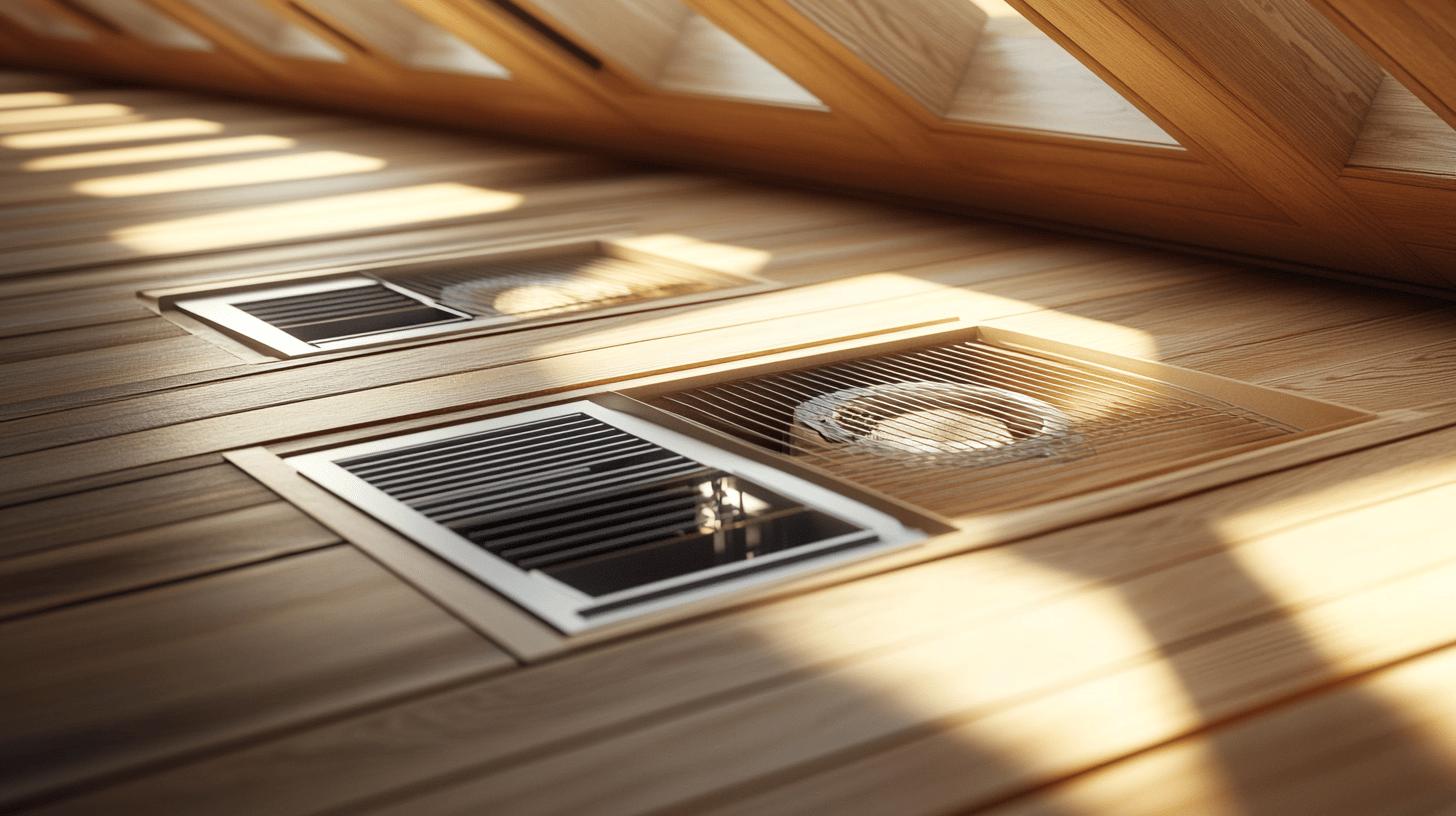
Proper ventilation is fundamental for preserving the condition and durability of wood flooring. What are the general techniques for floor ventilation? Effective methods include both passive and active systems. Passive techniques rely on natural airflow through strategically placed vents, which can be effective in areas with sufficient natural circulation. In contrast, active systems incorporate mechanical solutions such as fans to boost airflow, especially in climates or spaces where natural ventilation is inadequate. These techniques ensure that moisture does not accumulate beneath the floor, which is crucial to prevent warping and mould growth, thereby maintaining the structural integrity and appearance of the flooring.
Subfloor Ventilation Systems
Subfloor ventilation systems are particularly beneficial for homes with raised floors. How do these systems work? They utilise a combination of vents and fans to regulate airflow and maintain healthy moisture levels beneath the flooring. By continuously circulating air, these systems help to expel trapped moisture, reducing the risk of mould and decay. The effectiveness of subfloor ventilation systems lies in their ability to adapt to various environmental conditions, making them a versatile choice for different climates and flooring materials. Fans in these systems ensure that the subfloor remains dry and well-ventilated even in less-than-ideal natural airflow conditions.
Choosing the correct ventilation system depends on several factors, including location, climate, and the specific flooring material used. How should one select an appropriate system? In areas with high humidity, active systems with fans may be more suitable to manage moisture levels effectively. For locations with adequate natural airflow, passive venting might suffice. It is essential to assess the specific environmental conditions of the space to determine the most effective ventilation approach. Proper selection and installation of a ventilation system protect the flooring and contribute to a healthier indoor environment by minimising the risks associated with moisture accumulation.
Case Studies: Preventing Moisture Damage through Floor Ventilation
Real-world examples of effective floor ventilation highlight its critical role in preventing moisture damage and extending the lifespan of wood flooring. Case studies are valuable resources to explore successful interventions and the tangible benefits of proactively addressing moisture issues. By examining these scenarios, homeowners and industry professionals can gain insights into practical solutions that have proven successful in maintaining the integrity of wooden floors and avoiding costly repairs or replacements.
| Case Study | Intervention | Outcome |
|---|---|---|
| Historic Home Renovation | Installation of subfloor ventilation system with fans | Eliminated moisture accumulation, preserving original wood floors |
| Modern Apartment Complex | Implementation of the passive venting strategy | Reduced humidity levels, preventing mould growth and warping |
| Coastal Property | Combination of dehumidifiers and active ventilation | Maintained indoor air quality and structural integrity of flooring |
These case studies illustrate diverse approaches tailored to specific environmental conditions and building types. Lessons learned underscore the importance of choosing the right ventilation solution to perfectly balance airflow and moisture management. Property owners can safeguard their wood floors against moisture-related damage by implementing customised interventions, ensuring durability and aesthetic appeal over time.
Expert Tips for Maintaining Healthy Airflow and Preventing Moisture Issues
Maintaining healthy airflow is essential to prevent moisture-related damage in wood flooring. What are effective maintenance practices to ensure optimal ventilation? Regular inspection and cleaning of ventilation systems are critical to their performance. Over time, dust and debris can obstruct vents, reducing airflow and increasing moisture risk. By scheduling routine checks, homeowners can ensure that their systems operate efficiently, safeguarding the flooring from potential damage. Additionally, monitoring the environment for changes in humidity and temperature can help in adjusting ventilation settings to maintain optimal conditions for wood floors.
- Regularly inspect and clean vents.
- Use dehumidifiers in humid climates
- Ensure proper operation of ventilation fans
- Choose materials that support airflow
- Consult professionals like Ryan’s Restoration for expert advice
Expert-recommended ventilation practices can significantly enhance wood flooring’s durability and appearance. Using dehumidifiers in areas with high humidity levels can effectively reduce moisture in the air, preventing it from settling into the wood. Ensuring proper operation of ventilation fans is also crucial; malfunctioning fans can lead to inadequate airflow, allowing moisture to accumulate. When selecting flooring materials, opting for those that support airflow can further mitigate moisture risks, creating a more resilient flooring system.
Professional consultation is invaluable for developing tailored solutions that address specific flooring challenges. Why is it important to consult with experts like Ryan’s Restoration? Professionals possess the knowledge and experience to identify potential issues early and recommend appropriate interventions. They can offer customised advice on ventilation systems and flooring materials best suited to the home’s environment. Engaging experts ensures comprehensive protection against moisture damage, extending the lifespan and maintaining the beauty of wood floors.
Final Words
Proper floor ventilation is key for maintaining wood flooring, preventing moisture damage, and ensuring structural integrity—techniques such as subfloor systems and regular maintenance play crucial roles in enhancing airflow and extending floor lifespan.
The risks of inadequate ventilation, like warping and mould growth, underscore the need for practical solutions. Case studies and expert tips highlight successful interventions and long-term benefits.
Why floor ventilation matters: preventing moisture damage in wood flooring ultimately safeguards your home’s investment and longevity. Embracing these practices leads to healthier, more beautiful living spaces.
FAQ
How to fix wavy wood floor?
A: Fixing wavy wooden floors involves identifying and addressing moisture sources. Installing a proper ventilation system can prevent further warping, while refinishing may restore the floor’s appearance and level.
Wood floors warping from water
A: Floors warp from water due to moisture exposure. Addressing the source and ensuring adequate floor ventilation can prevent continued damage. Dehumidifiers can aid in moisture control around the affected area.
Why is my wood floor swelling?
A: Wood floors swell due to excess moisture. Effective solutions include improving ventilation, using a dehumidifier, and ensuring that moisture is not seeping from the subfloor.
How do you protect wood floors from moisture?
A: Protect wood floors by installing a moisture barrier, ensuring proper ventilation, and using dehumidifiers, especially in areas prone to dampness. Maintain consistent indoor humidity levels to prevent swelling.
Is a moisture barrier necessary for wood floors?
A: A moisture barrier is crucial for wood floors to prevent moisture from seeping through the subfloor, which can lead to warping, swelling, and other structural damage.
What happens if wood flooring absorbs moisture from the subfloor?
A: Moisture absorption from the subfloor leads to warping, swelling, and potential mould growth. Adequate subfloor ventilation and moisture barriers are essential for preventing this issue.
How does a wood floor dehumidifier help?
A: A dehumidifier controls indoor humidity levels, reducing the risk of moisture-related issues such as warping and mould, thereby maintaining the integrity and appearance of wooden floors.
Why is my wood floor bowing in front of the dishwasher?
A: Bowing near a dishwasher often indicates water leakage. Inspect for plumbing issues, improve ventilation, and consider using water-resistant materials or seals around the appliance.
How do you stop damp from coming through wood floors?
A: To stop dampness from penetrating wood floors, install proper ventilation systems, use moisture barriers, and regularly inspect areas prone to dampness for leaks or inadequate airflow.

